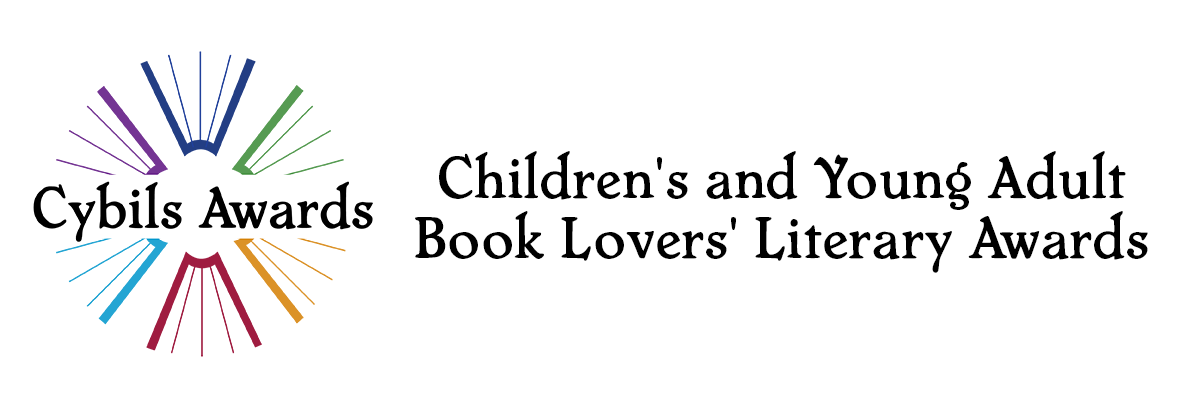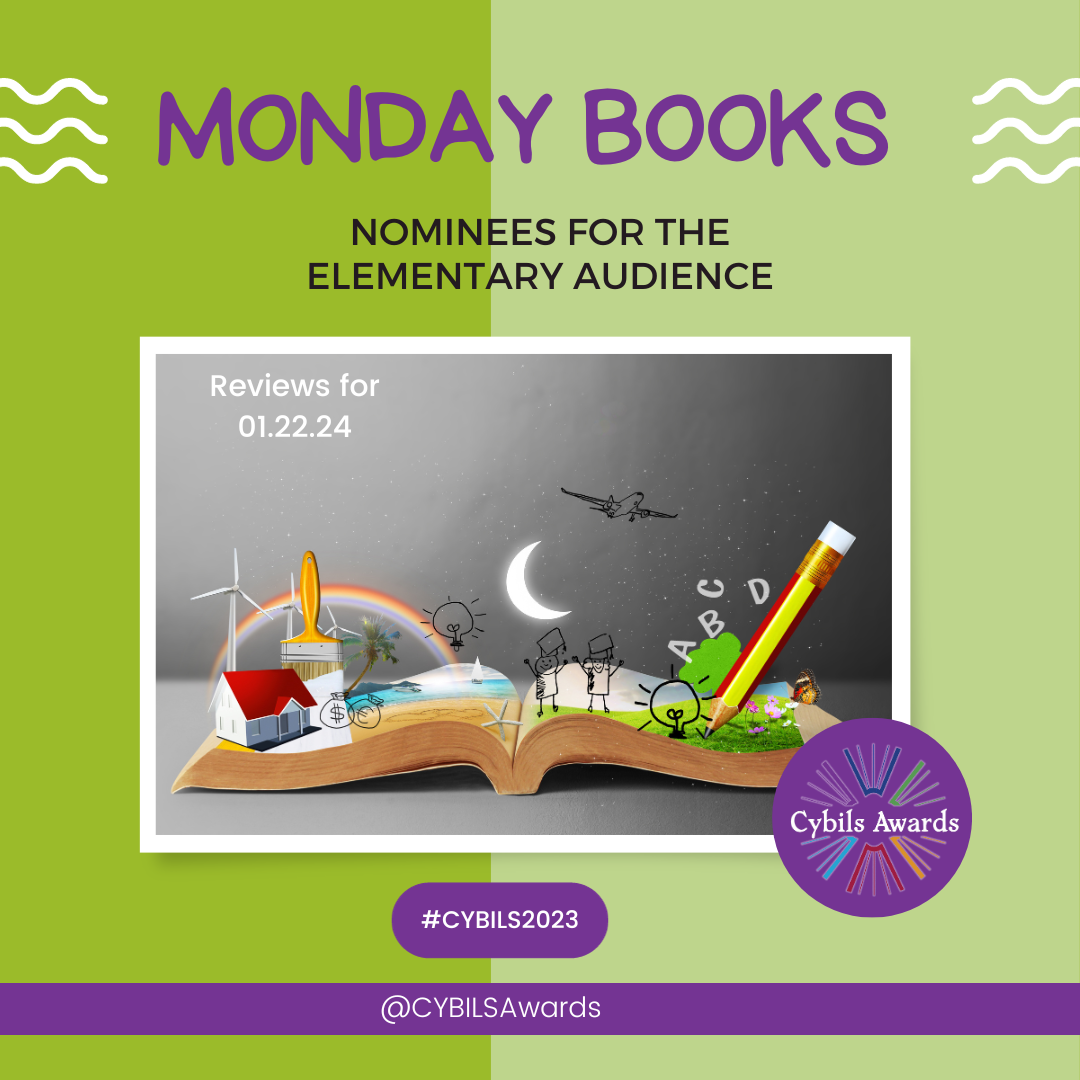What do we have this Monday?
Lots of questions, mistaken identities, extraordinary animal award winners, an enchanted forest, a tall tale, and oh, a skunk for Valentines Day!
Summary excerpted from Goodreads. Click book cover to see full summary and more reviews.
Board Book

Why don’t we float into space? How many moons are there? A child asks about outer space, and their grownup answers in rhyming, factual text. Little ones will love learning that the earth is constantly spinning, that Saturn isn’t the only planet with rings, and that most planets have their own moons!
Brooke @ Goodreads – A board book introduction to space that has a simple section (which rhymes) and a more complex section on each page. A child, getting ready for bed, asks his parent to tell him about space. “Tell me” leads each question and the simple answers are clear and concise. The book has the warm and cozy feel of getting ready for bed, with the conclusion good-night conclusion we love in a bedtime story. I love the ending, which acknowledges that someday our children will know more about space than we do!
Fiction Picture Book

When a shy bear feels the urge to go, there’s only one thing on his mind: finding a private place where he can poo in peace. But a whole host of woodland animals – who have no qualms about pooing wherever they please – just won’t leave him alone.
Pamela @ What We’re Reading Now – A funny rhyming romp featuring a very shy bear, winsome illustrations by Mike Byrne and deft storytelling! Toddlers will delight in a story about poo. Young readers will love the antics of Barry and what kid doesn’t like a book about poop and skunks farting? New words for young readers are: clambered, peering, lurking, desperate, familiar, reeds, paradise, and .trekking
Elementary Graphic Novel

Lee Francis IV (Introduction), Deondre Smiles
(Postscript)
Cartoonist NOAH VAN SCIVER shows us the myth creation as real life marketing man extraordinaire W.B. Laughead spins ever more wondrous tall tales. Van Sciver's story is bracketed by rich contributions from contemporary Native artists and storytellers with a very different connection to the land that the Bunyan myths often conceal. Readers will see how a lumberjack hero, a quintessential American fantasy, captures the imagination but also serves to paper over the seizure of homeland from First Peoples and the laying bare of America's northern forests.
Katy @ Books YA Love – This fascinating graphic novel includes introduction and postscript by Native American scholars, as well as the Tree-Dwelling Little People story and a richly illustrated map of the Dakota homelands where Bunyan’s adventures were set.
Tamara @ Goodreads – Will kids read these parts on their own or will they skip right over the information and go straight to the graphic novel part? If they’re anything like me when I was as a kid, they’ll devour the text and try to go looking for more facts about the Indigenous people in other books. The graphic novel section was something that I would’ve skimmed over. I get that more and more kids are reading comics and graphic novels and it’s a great way to introduce history to them, but the information at the beginning and the end was more intriguing. I waivered between 3 and 4 stars.
Elementary Nonfiction

How do you tell a llama from an alpaca, an alligator from a crocodile, or a dolphin from a porpoise? The animal kingdom is full of creatures that look so similar to others that they are often confused for each other. A Llama Is Not an Alpaca pairs rhyming animal riddles with factual responses to both teach and engage young readers as they compare and contrast features of commonly misidentified animals.
Tiffany @ Goodreads – Such a cute book that teaches kids and adults alike the difference between two similar looking and often mistaken animals by using a guessing game. With rhyming, descriptive wording and illustrations that show differences and similarities, this book is fun and informative.
Anne @ My Head is Full of Books – Ian and I digested this delightful children’s book in less than ten minutes. It engaged Ian but we were both glad it was a quick read. What I liked about the book: The text is short and the illustrations are humorous. We played a guessing game and Ian was invested in the answers. Four stars.
Easy Reader

Can a skunk find love? Kids will LOVE reading this sweet and funny Comic Reader—combining the trusted learning tools of Step into Reading with the kid favorite comic panels and word balloons—perfect for Valentine's Day and everyday!
Ellen @ On the Shelf 4 Kids – This book is adorable, readers will love the rhyme structure and the details within illustrations will keep them engaged from start to finish – check out the bat illustration where they’re playing Mario upside down complete with gamer headphones.
Kirsten @ Goodreads – Love is adorably portrayed in this story about animals finding love around Valentine’s Day. The text rhymes and is repetitive enough for early readers, even though some animal names are tough. The images give strong context clues to help readers decode words and are in a fun comic format. This book didn’t have the strongest story line and looking for love may not be what most young readers are thinking about, but it is a cute holiday read.
Early Chapter Book

Veer embarks on a journey into the Enchanted Forest to find and bring a golden apple for his grandma. On his adventure, he meets a hungry bear in search of honey. Together, they help each other on their quests and find friendship along the way. What challenges does Veer face on his quest for the golden apple, and how does he overcome them? Join Veer on this exciting adventure and find out!
Sarah @ Goodreads – What a magical story. The author takes us on a journey to get a special apple. The apple will help give the grandmother strength. The main character Veer learns lots of lessons on his quest. The illustrations were lovely adding to the magic of the story.
Poetry Collection

Who’s tops in the animal world? Readers get to find out, as they play a guessing game that uses delightful persona poems to introduce 19 animals who are the best in some way. Each poem offers hints about the identity of an animal and what makes it so amazing. Included are popular categories, such as Biggest Animal Ever and Fastest Short-Distance Runner, as well as more unexpected ones, such as Best Engineer and Longest Tongue. Poems full of personality combined with intriguing science - what a lively and fun way to learn!
Linda @ Goodreads – Poems are enticing with the illustrations by Aparna Varma giving a hint”” of the winner, then on the next page, the full picture of the animal with a paragraph all about it. There is lots of information at the back, too, including about endangered species, what mask poems are, and Recommended Reading. If one wants to learn about spectacular animals, this is an adventurous way to begin!

